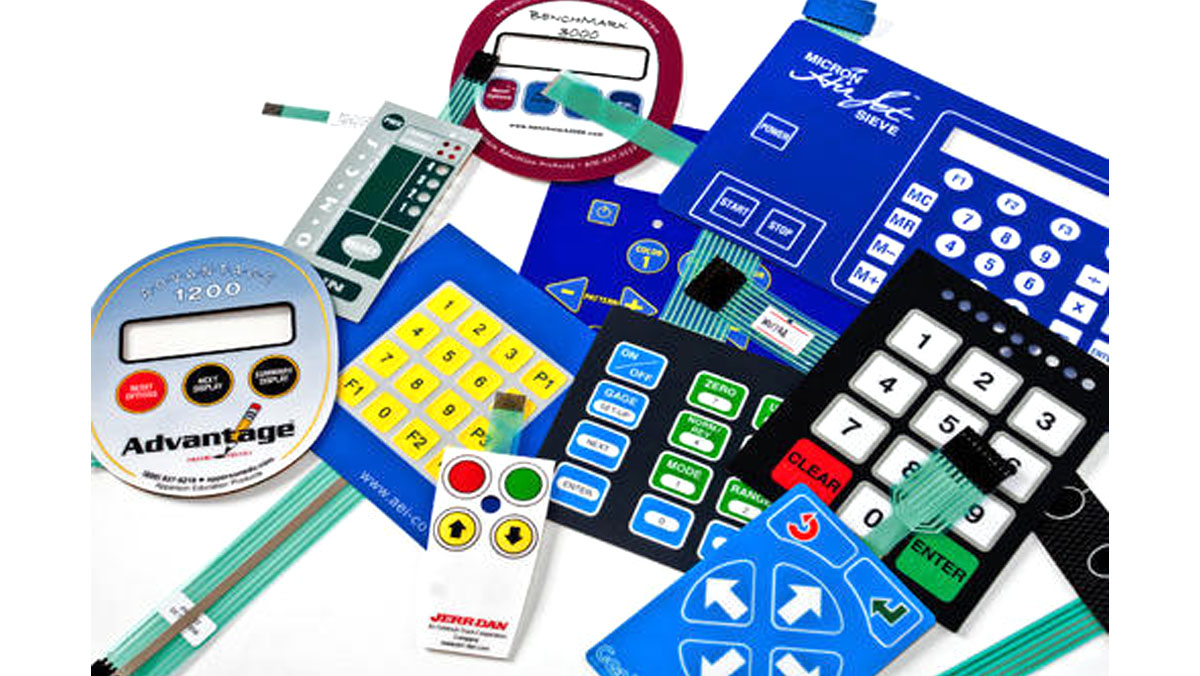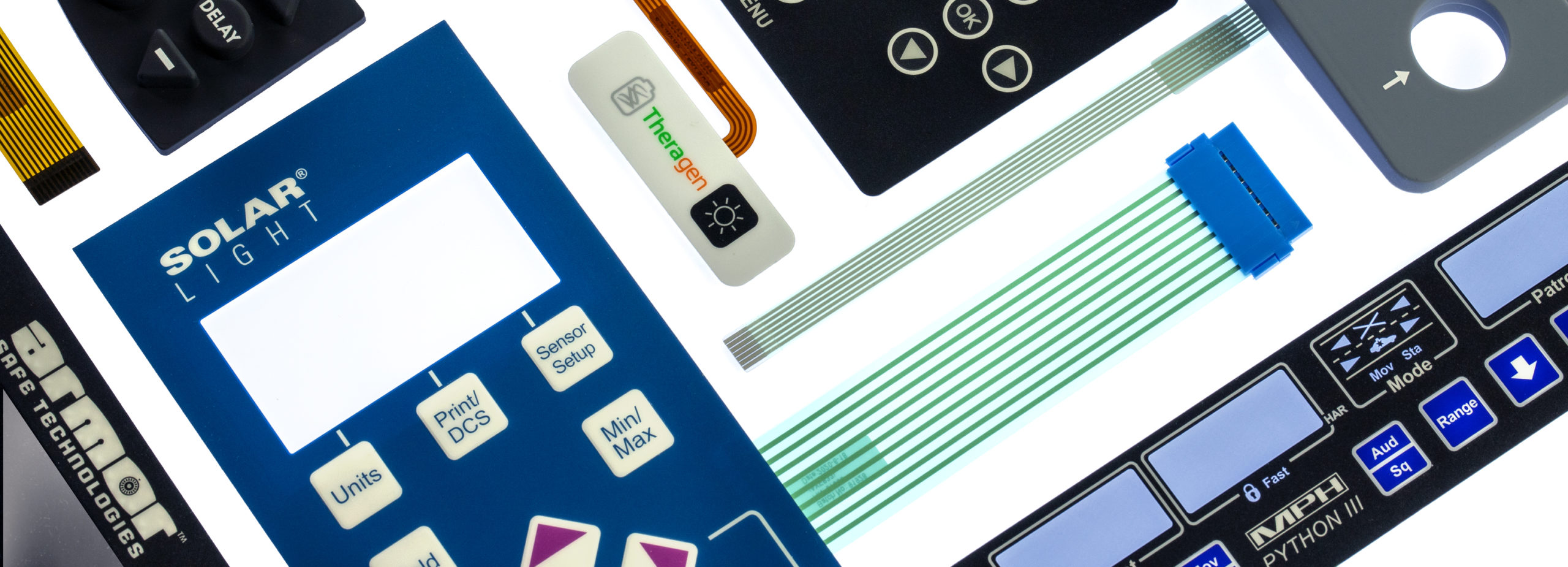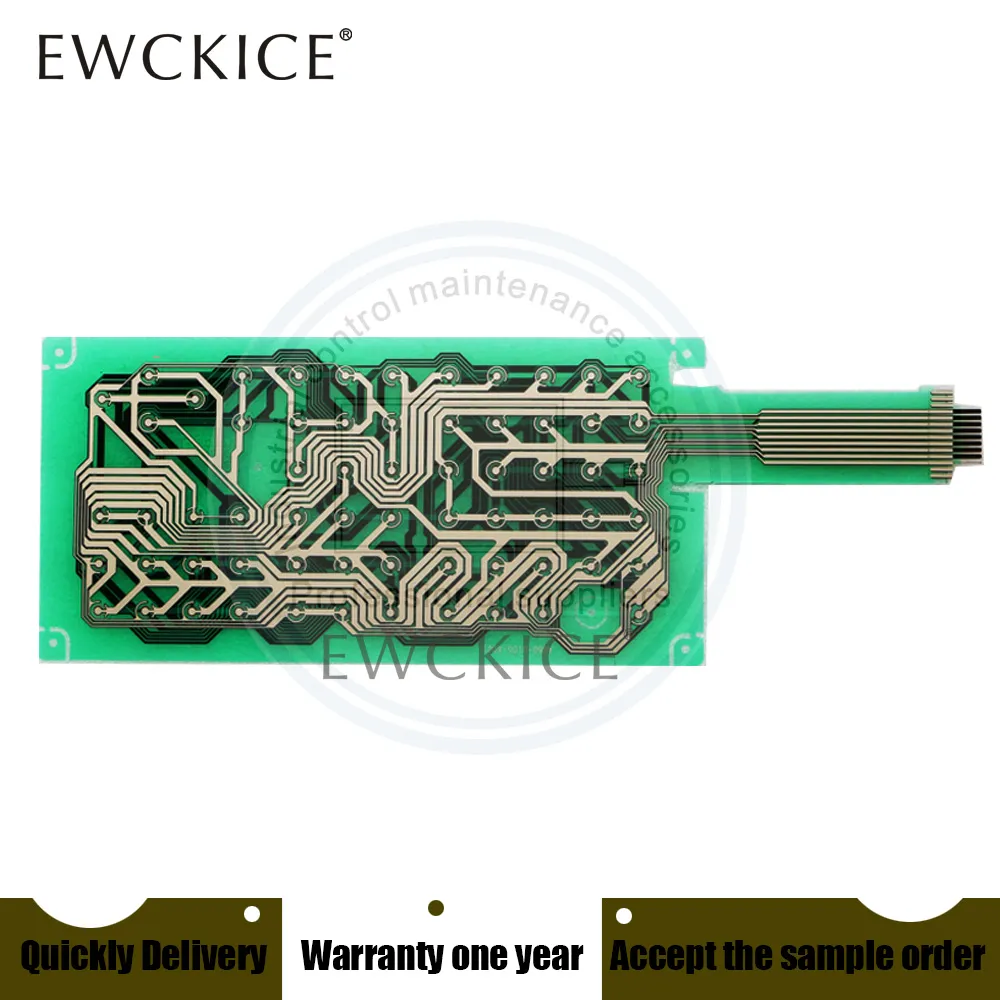Membrane Switch: Reliable, Cost-Effective, and User-Friendly Control Systems
Membrane Switch: Reliable, Cost-Effective, and User-Friendly Control Systems
Blog Article
Comprehending Membrane Layer Switches Over: The Trick to Sturdy and Dependable Controls

What Are Membrane Layer Switches?
Membrane switches are a sophisticated remedy in the realm of individual interface modern technology, incorporating performance and layout seamlessly. These gadgets work as an interface in between users and digital systems, integrating several elements right into a compact format. Typically created from flexible, slim layers of products, membrane buttons are made to react to touch, making it possible for customers to engage with equipment and digital devices properly.
The key elements of a membrane button consist of a printed circuit layer, visuals overlay, and a spacer layer that prevents unplanned activation. The graphic overlay can be tailored to reflect brand identity or user preferences, boosting looks while making certain usability. Membrane layer switches are commonly made use of in various applications, consisting of medical tools, customer electronic devices, and commercial devices, owing to their sturdiness and resistance to environmental variables such as wetness and dust.
One of the essential benefits of membrane switches is their ability to hold up against damage, making them optimal for high-traffic environments. Furthermore, they are lightweight and call for very little room, enabling innovative styles in product growth. Overall, membrane layer switches represent a useful and effective option for modern digital interfaces, weding technology with user-centric layout concepts.
Exactly How Membrane Layer Switches Over Job
The operation of membrane layer switches hinges on a simple yet efficient device that converts customer input into electronic signals. When an individual presses the button, the leading layer warps, allowing a conductive aspect in the circuit layer to make call with a matching conductive pad on the bottom of the graphic overlay.
The layout of membrane layer buttons can differ, however they commonly incorporate domes or responsive components to give feedback to the individual, improving the overall experience - membrane switch. The materials made use of in membrane layer buttons, such as polyester or polycarbonate, add to their toughness and resistance to ecological aspects, consisting of moisture and dust. The published circuits are commonly enveloped, which safeguards them from wear and tear over time.
Advantages of Membrane Switches

Furthermore, membrane layer buttons are known for their longevity. Built from durable products, they are resistant to dust, moisture, and physical wear, which substantially extends their life expectancy contrasted to standard mechanical switches. This longevity makes them specifically suitable for high-traffic settings and applications needing longevity.
One more substantial advantage is the simplicity of cleaning and upkeep. The smooth surface of membrane changes reduces dust build-up and is often unsusceptible spills, making them ideal for setups that need frequent sanitization.
Furthermore, membrane switches use a structured profile, resulting in a thinner design that can be integrated right into numerous gadgets without adding bulk. This feature not just boosts the visual charm yet likewise adds to a more ergonomic product design.
Applications of Membrane Layer Buttons
Flexible and easy to use, membrane layer switches discover applications across a large range of industries, including clinical gadgets, customer electronic devices, and industrial devices. In the medical area, these buttons are important to devices such as Check Out Your URL diagnostic devices, client tracking systems, and infusion pumps, where reliability and simplicity of cleaning are important. Their ability to hold up against harsh environments and preserve functionality makes them excellent for such applications.

In customer electronic devices, membrane buttons are used in items like microwaves, cleaning equipments, and push-button controls - membrane switch. Their smooth layout permits for user-friendly customer interfaces, improving the total user experience while supplying sturdiness and resistance to wear and tear
Commercial devices likewise takes advantage of membrane switches, particularly in control panels for machinery and automation systems. recommended you read These buttons use protection versus dust and wetness, making certain constant performance in challenging atmospheres. Their personalized features enable suppliers to customize them to specific functional requirements, boosting performance and functionality.
Picking the Right Membrane Switch
When picking a membrane switch, it is necessary to consider numerous aspects that influence performance and viability for certain applications. The primary considerations consist of ecological problems, responsive responses, durability, and layout specifications.
First, examine the operating environment; switches exposed to moisture, chemicals, or severe temperature levels require certain materials to make certain durability and functionality. Next off, review the need for tactile responses. Relying on customer interaction, some applications might gain from a responsive action to verify activation, while others may favor a non-tactile layout for aesthetic reasons.
Toughness is another important factor; membrane layer buttons must be developed to hold up against regular usage, impacts, and abrasion. Guarantee the picked button can endure the anticipated lifecycle, especially in high-usage situations.

Conclusion
Finally, membrane switches act as essential parts in the layout of sturdy and dependable control systems throughout various sectors. Their small layout, integrated with durable building and construction and customizable functions, boosts user interaction while making sure durability in demanding settings. The versatility of membrane switches permits for tailored remedies that meet specific operational needs, reinforcing their importance in modern-day technology. As markets remain to progress, the value of integrating effective membrane button solutions can not be overemphasized.
Membrane changes stand our website for an essential facet of contemporary interface style, blending functionality with durability in numerous applications.Membrane buttons are a sophisticated solution in the realm of individual interface technology, incorporating functionality and layout effortlessly. Commonly created from versatile, thin layers of products, membrane switches are developed to respond to touch, allowing users to interact with machinery and digital tools successfully.
The design of membrane layer switches can vary, yet they often include domes or tactile aspects to give comments to the user, boosting the general experience.In verdict, membrane layer switches over serve as necessary parts in the layout of reliable and durable control systems across various sectors.
Report this page